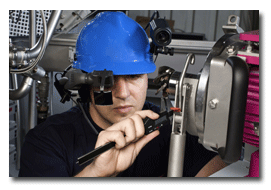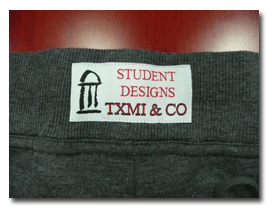Failure of Congress to enact a new Farm Bill has left the textile industry’s cotton textile
competitiveness program in limbo. Although the House passed a bill in July that included a
competitiveness program, the legislation has bogged down in the Senate, where Republicans have
blocked its consideration with procedural tactics.
There is a chance the Senate will take another run at a bill this week, but with the short
time remaining in the current session, it may be impossible to reconcile the House and Senate bills
and send something to the president that he is willing to sign. The legislation pending in both
houses includes a competitiveness program, but is being held up by other issues.
Under a law enacted by Congress in the 1930s designed to bolster the US cotton industry, US
textile mills are virtually prohibited from importing raw cotton. When the world price for cotton
is lower than the domestic price, US textile manufacturers are at a competitive disadvantage. Over
the years, a number of attempts have been made to address the problem and make US manufacturers
more competitive. In 1990, Congress enacted a Cotton Competitiveness Program that permitted a
limited amount of imports and made direct payments to mills and shippers to offset the difference
in the world and domestic prices. That law subsequently was rolled over a couple of times, but in
2004 the World Trade Organization (WTO) ruled that the direct payments were an illegal subsidy, and
Congress in 2005 passed legislation eliminating them.
In an effort to restore the competitiveness program, the House passed a bill providing for
somewhat expanded criteria for opening import quotas and restoration of direct payments. In order
to overcome the WTO problem the bill stipulates that payments of 4 cents per pound have to be used
for acquisition, expansion or modernization of plants.
In view of the limited time remaining in the current session, it is unlikely legislation
combining both measures could be crafted and signed by the president. If nothing is enacted this
year, the current law permitting some imports but no payments remains in effect, and a new Farm
Bill would have to be taken up in January.
November 27, 2007

 Switzerland-based
Switzerland-based




